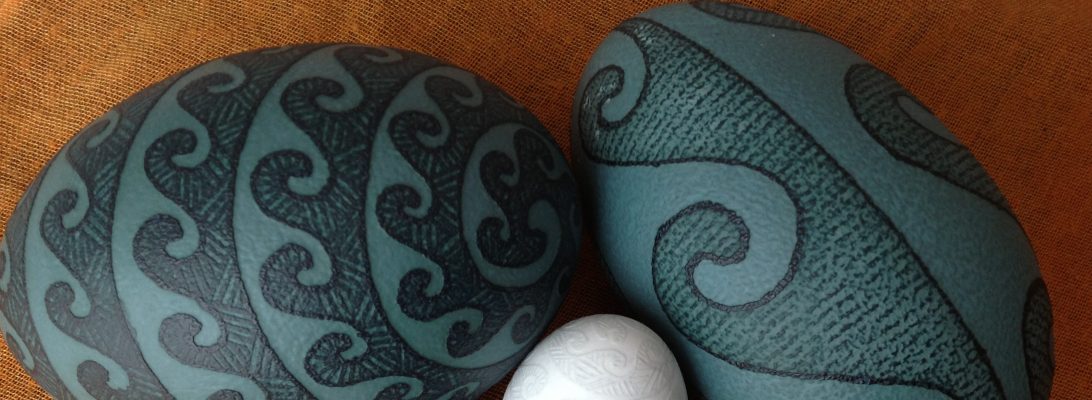 Sappan wood (Ceasalpinia sappan) has become my favourite source of red color for now. Native to Asia, it is the “older” cousin of what is now known as Brazil wood. When the Portuguese invaded what is now Brazil in 1500, the redwood trees they saw growing there reminded them of Sappan wood, which they already knew, called it pau-brasil and used for dyeing along with the rest of the Europe. Because of extensive use for dye and for violin bows, or perhaps the opposite, because the dye business was not economically profitable after the invention of the chemical dyes, or maybe due to both these reasons, the Brazil wood (Ceasalpinia echinata, Paubrasilia echinata) is almost extinct now, Wikipedia says that the trade of Brazilwood is likely to be banned in the immediate future. So now we are back to the good old Sappan wood, which is still available and abundant in India and China. It is used medicinally in both Ayurveda (where it’s called Pathimukham) and in Traditional Chinese medicine (where it’s called Su Mu). Continue reading
Sappan wood (Ceasalpinia sappan) has become my favourite source of red color for now. Native to Asia, it is the “older” cousin of what is now known as Brazil wood. When the Portuguese invaded what is now Brazil in 1500, the redwood trees they saw growing there reminded them of Sappan wood, which they already knew, called it pau-brasil and used for dyeing along with the rest of the Europe. Because of extensive use for dye and for violin bows, or perhaps the opposite, because the dye business was not economically profitable after the invention of the chemical dyes, or maybe due to both these reasons, the Brazil wood (Ceasalpinia echinata, Paubrasilia echinata) is almost extinct now, Wikipedia says that the trade of Brazilwood is likely to be banned in the immediate future. So now we are back to the good old Sappan wood, which is still available and abundant in India and China. It is used medicinally in both Ayurveda (where it’s called Pathimukham) and in Traditional Chinese medicine (where it’s called Su Mu). Continue reading
how-to
Sappan wood, alum vs. iron mordant
For those of you who are wondering, what different mordants can do to the dye, here is sappan wood with alum (red) and the other half of the same dye with iron mordant (purple-grey-black).

Besides changing the colour (or tone) itself, in some cases mordants used of fabric also improve, sometimes dramatically, light- and wash-fastness of the dye. I don’t know what will happen with eggs, I guess, the time will tell.
Here’s the iron mordant I got and used:

Technically speaking, you could just use the edible grade iron sulphate supplement from a drug store, it’s the same formula most of the time.
Another proof that not all that works for fabrics works for eggs also: the iron added to coreopsis dye did nothing, in fact, it just killed the dye, even though iron seems to work well with coreopsis for both plant and animal based fibres.
